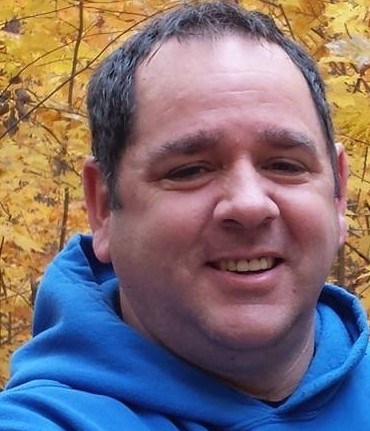NEWS RELEASE
ORILLIA MUSEUM OF ART AND HISTORY SPEAKER SERIES
***********************
The Orillia Museum of Art and History (OMAH) hosts Dr. Michael Stevenson, Associate Professor at Lakehead University in Orillia, as guest speaker on Wednesday, April 18 at 7:30 p.m. He will share his talk entitled Stories in Bronze: Orillia’s Champlain Monument and Indigenous (Mis) Representations in Commemorative Sculpture.
The imposing Champlain monument was unveiled at Orillia Couchiching Beach Park to much fanfare on July 1, 1925, with many local citizens and important dignitaries in attendance. The monument became a major tourist attraction for Orillia. Postcards were printed and ceramic collector plates were produced featuring the landmark.
In 2015, Parks Canada, the government agency that manages the Champlain Monument, determined it needed restoration. For many, it was a shock when it was taken down. After all, the monument has ‘always’ been there, and has become a part of the fabric of this community. The removal of the Champlain Monument has also encouraged a discussion about its historic portrayal of Champlain and Huronia’s Indigenous people.
Dr. Stevenson will explain that in 1925, the completed monument featuring an imposing statue of Champlain and two side panels depicting the interaction of French missionaries and traders with Huronia’s Indigenous population in 1615 initially received nearly unanimous international acclaim.
Two overarching themes marked the process of the monument’s construction. First, the monument’s backers sought to use the public monument to promote the improvement of relations between Ontario’s anglophone and Quebec’s francophone populations that had frayed as a result of the conscription crisis during the First World War. Secondly, the monument’s sponsors created a sculpture that misrepresented the mutually beneficial historical relationship between Champlain and his Huron allies and promoted Eurocentric and colonial mentalities, allowing the Indigenous contribution to the development of New France and Canada to be marginalized.
Dr. Stevenson will share with us his research and insights into this iconic structure. Why was the statue created? How did the monument reflect the times? How did it end up at Couchiching Park? He will encourage us to explore and challenge the stereotypes that it portrays, and the interminable issues that resonate to the present day.
Dr. Stevenson specializes in Canadian military and diplomatic history. At the Lakehead Orillia campus he teaches Business, Military and Diplomatic History. He has published “Canada’s Greatest Muddle: National Selective Services and the Mobilization of Human Resources during World War II” (McGill – Queens University Press, 2001).
Dr. Stevenson is also an editor with the Collected Papers of Bertrand Russell, a project based out of McMaster University and is currently researching the patterns of foreign mergers and acquisitions of Canadian companies since 1945. Please join us for a captivating evening.
OMAH welcomes OPP Inspector (retired) Irena Lawrenson as guest speaker on Wednesday, May 16 with her talk entitled: Restorative Justice and its use within Ontario’s Judicial and Indigenous Communities. Also, tickets to this years annual Carmichael Art History Lecture being held on Wednesday, May 9 at 7:30 p.m. are on sale at OMAH for $15 each. Guest speaker Brian Harris will explore the untimely demise of artist Tom Thomson at Canoe Lake in 1917.
Admission to the History Speakers Evenings are free. Donations to OMAH are welcome.
***********************
